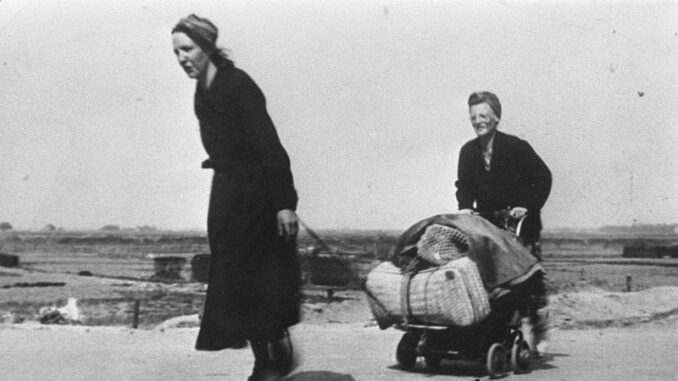
Two thousand years ago, and probably much longer, an unpleasant and very often deadly disease plagued humans. The afflicted experienced diarrhea, gas, bloating, anemia, malnutrition, weakness, fatigue, and excessive weight loss. The Greek physician Aretaeus of Cappadocia may have been the first to identify and document the ailment in A.D. 100, although he could find no cause and no cure. Aretaeus named the mysterious illness “koiliakos”.
In 1856, Scottish physician Francis Adams translated Aretaeus’ work and made a presentation to the Sydenham Society, bringing the mysterious disease to the attention of Western medicine for the first time. Beginning in 1887, English pediatrician Samuel Gee gave lectures and published his findings on the disease in children. His diet recommendations for his patients were partially correct, and partly wrong, but Gee’s work is recognized as the first modern medical approach to the disease. In 1908, American physician Christian Herter published a book detailing his own findings with affected children, adding to medical knowledge about the disease but bringing science no closer to cause or cure. However, the efforts of these three doctors did place a spotlight on sprue (a common name for the disease at the time), raising awareness in the medical profession.
American pediatrician Sidney Haas found what seemed to be a breakthrough cure in 1924. Observing the populace of a Puerto Rican town, he realized that those “who eat much bread suffer from sprue while the farmers who live largely on bananas never” and concluded that bananas held the cure for sprue that everyone had been looking for. This appears to be a case of survivorship bias, where the survivor’s experience matters while the experience of those that did not survive sprue (or survived but remained ill with the disease) is disregarded or perceived as inconsequential. Haas believed that bananas contained some nutrient or curative property and that the constipating effect inherent in bananas helped counterbalance diarrhea. He wrote a book promoting his ideas which were widely embraced, especially in the United States, and held sway for more than two decades thereafter. However, he was wrong, as events of the Second World War would reveal.
In September 1944, Operation Market Garden failed to liberate the Netherlands. In an attempt to aid the Allies the Dutch government in exile ordered a railway strike. Railroad workers complied. The thinking was, if trains weren’t running, German transportation and supplies would be disrupted making it harder for the Wehrmacht to defend the Netherlands. In retaliation, the Nazis cut off food supplies to the western part of the nation where most of the population lived. Tragically, the winter of 1944-1945 was unusually cold and brutal. Hongerwinter (hunger winter) as the Dutch called the famine, led to tens of thousands of deaths.
Dutch pediatrician Willem Dicke had suspected for twelve years that wheat was the cause of koiliakos, better known as celiac disease. He had no bananas to feed his celiac patients in the children’s hospital. There was hardly anything else to feed them either. Remarkably, the celiac children’s health actually improved on a starvation diet, while non-celiac children withered. This was a revelation. It meant that Dicke’s hunch was correct. The celiac children were getting better because they weren’t getting any wheat due to the fact that there was almost no bread to be had. When the hunger winter ended in May 1945 with the liberation of the Netherlands, celiac children who started eating bread again became sick again, confirming Dicke’s hypothesis.
Following the war, research found that bananas had nothing to do with curing celiac disease. Dicke’s own research liberated countless people around the world from the unpleasant and very often deadly disease, so long as they learned to avoid wheat, rye, and barley, all of which contain gluten, the protein that causes celiac symptoms.
